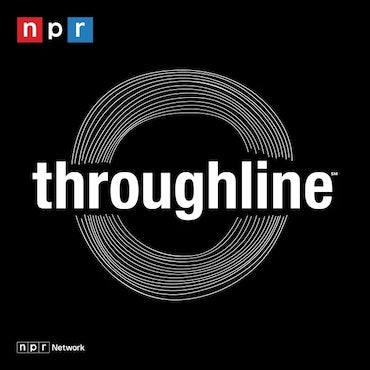Delineating anatomy at the Academy
If you play the Philadelphia parlor game, “Where in the world is ‘The Gross Clinic’?” — it’s now at PAFA.
Thomas Eakins’ 19th century masterpiece of Dr. Samuel Gross’ operating theater bounces between the Pennsylvania Academy of the Fine Arts and the Philadelphia Museum of Art, who jointly own it. The academy has it hung among medical instruments and anatomical drawings in its new exhibit, “Anatomy/Academy.”
In Eakins’ time and throughout the 19th century, the Philadelphia medical and artistic communities were closely entwined. Medical students needed to have drawings and models made to explain the parts of the human body; art students needed to understand the structure of bones and muscles to paint realistic figures.
The academy is the oldest art school in the country, and Philadelphia has long been considered a major hub for the medical profession.
The exhibit spans from a co-founder of PAFA (William Rush’s sculpted busts of prominent local doctors) to modern abstract painters showing the human body in motion (Marcel Duchamp’s “Nude Descending a Staircase”). There is also a gigantic model of an ear canal, plaster casts of dissected limbs and pencil studies of body parts.
To learn how the inside of the body works, many art students were required to watch medical students dissect cadavers. (They still do today.) Some learned to do dissections themselves, such as painter Henry Albright who took body parts home for study.
“He had these things laying around, much to the horror of his mates and also the woman who was cleaning their house – you know, to find a human head or an arm partially dissected,” said curator Bob Cozzolino.
“There was a bravado attached to this, but also a sense that these artists were doing more than making drawings, they were really investigating knowledge and the weighty issues of humanity through participating in things the medical doctors were doing,” he said.
There were more than realistic paintings at stake. Artists and doctors both have histories of deep curiosity about the human figure.
“They were both groups who wanted to understand the human body,” said Dr. Steven Peitzman, a nephrologist and medical historian at Drexel University’s Medical College who was consulted for the exhibit. “In the period of the Renaissance, that meant to understand the workmanship of God.”
The bloody terrors of World War I changed many artists’ perspective of the body; they painted figures more fragmented and grotesquely. Advances in medical technology – such as X-rays and microscopes — made the viscera of the body more accessible.
As technology revealed more and more of what was previously unseen, artists strove to depict more and more of what remained invisible. Many were pursuing spiritual ends.
“You have charlatans making spiritual photographs out of exciting mistakes in the camera’s ability to take pictures,” explains Cozzolino. “You also have artists who are deadly serious about the idea that they want to represent the intangible and the tangible, using the human body.”
In Philadelphia, art students and medical students will soon be switching places. PAFA drawing classes will be going to a hospital morgue to draw figures from cadavers. In March, PAFA plans to host medical students in their galleries to teach the visual legacy of the medical profession.
WHYY is your source for fact-based, in-depth journalism and information. As a nonprofit organization, we rely on financial support from readers like you. Please give today.




